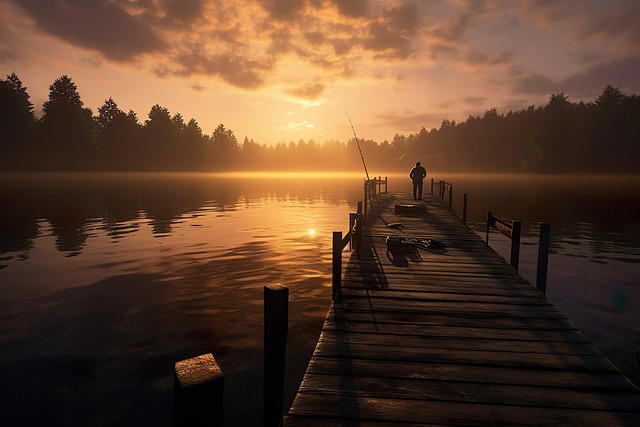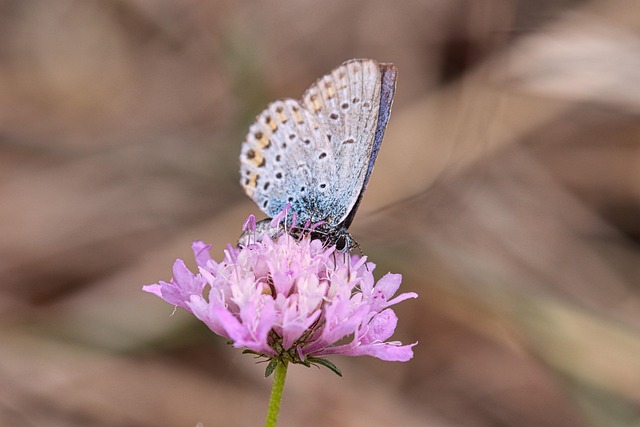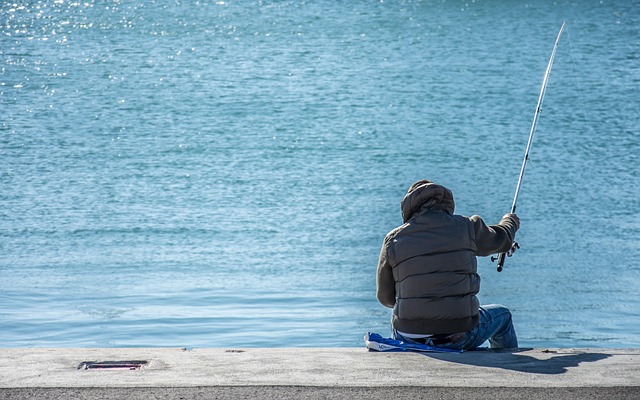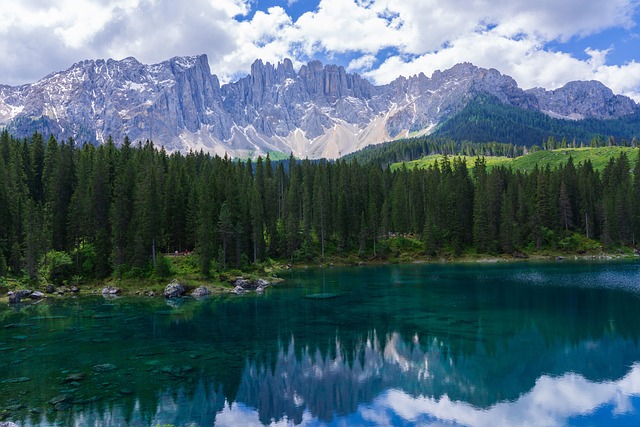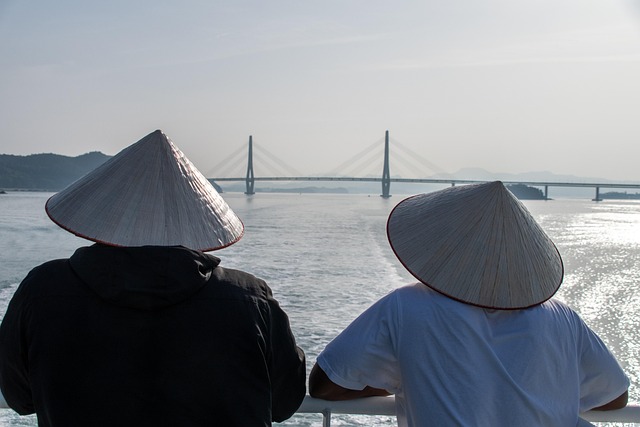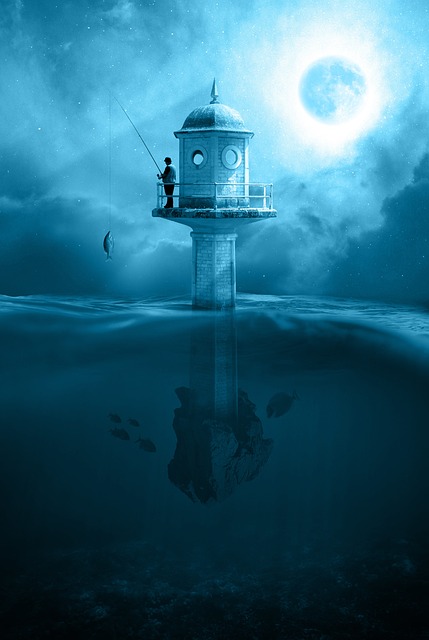Wildlife and fisheries conservation are essential for preserving the ecological balance of prime fishing locations worldwide. By protecting diverse marine life and adopting sustainable fishing practices, we safeguard habitats crucial for countless species' survival while supporting local communities. Discovering these prime spots involves understanding local conditions and seasonal patterns, offering unforgettable experiences and bountiful catches. Conservation efforts include protecting sensitive habitats like coral reefs and establishing Marine Protected Areas (MPAs), ensuring the regeneration of marine life. Community involvement is vital through collaborative conservation programs, educating locals to take an active role in protection strategies while adopting sustainable practices for vibrant ecosystems and local economies.
Wildlife and fishing conservation are vital for maintaining ecological balance and preserving our planet’s natural wonders. This article explores critical aspects of these endeavors, from understanding the global impact of sustainable practices to identifying and protecting prime fishing locations worldwide. We delve into coastal and marine ecosystem preservation, the significance of freshwater habitats, and the essential role of community involvement for long-term success. By examining these key areas, we aim to highlight effective conservation efforts that ensure a thriving future for both wildlife and fisheries.
- Understanding the Importance of Wildlife and Fishing Conservation
- Identifying Prime Fishing Locations: A Global Perspective
- Conservation Efforts in Coastal and Marine Ecosystems
- Protecting Freshwater Habitats and Aquatic Life
- Community Involvement and Sustainable Practices for Long-Term Success
Understanding the Importance of Wildlife and Fishing Conservation
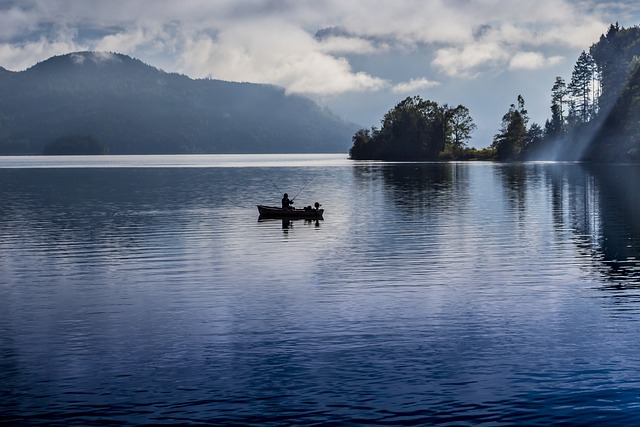
Wildlife and fishing conservation are paramount for preserving our planet’s ecological balance, particularly in prime fishing locations. These efforts ensure the sustainability of aquatic ecosystems, which serve as vital habitats for countless species. Protecting diverse marine life, from majestic fish populations to delicate coral reefs, is crucial for maintaining a healthy and resilient environment.
Fishing communities worldwide rely on these resources for their livelihoods and cultural traditions. By conserving wildlife and implementing sustainable fishing practices, we safeguard not only the natural world but also the futures of those who depend on it. This holistic approach ensures that prime fishing locations thrive for generations to come, offering both ecological benefits and economic opportunities.
Identifying Prime Fishing Locations: A Global Perspective
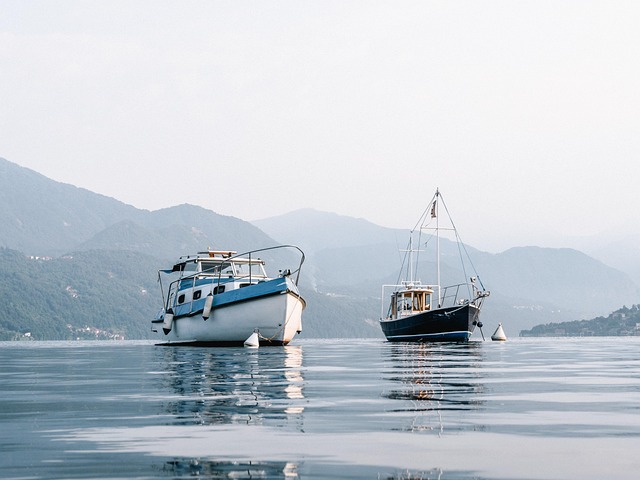
Conservation Efforts in Coastal and Marine Ecosystems
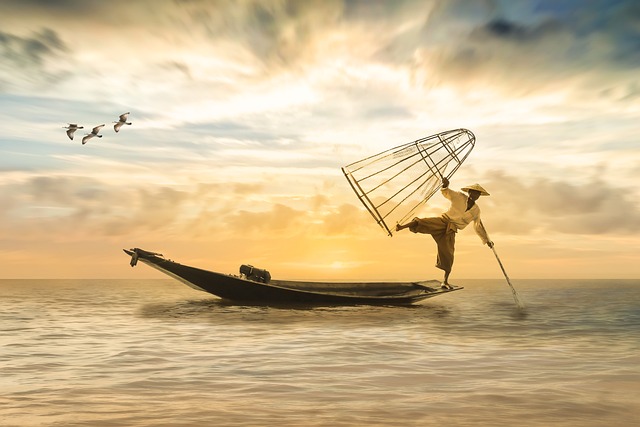
Conservation efforts in coastal and marine ecosystems are crucial for preserving prime fishing locations and maintaining ecological balance. These areas, often referred to as the ‘blue heart’ of our planet, support diverse biodiversity and play a vital role in global food webs. Various initiatives focus on protecting sensitive habitats like coral reefs, seagrass beds, and mangrove forests, which serve as nursery grounds for numerous fish species and provide critical shelter from predators and harsh weather conditions.
One significant strategy involves establishing marine protected areas (MPAs), where fishing is either restricted or prohibited to allow depleted stocks to recover. These areas act as havens, fostering the regeneration of marine life and ensuring sustainable fisheries for future generations. Additionally, community-based conservation programs empower local fishermen to become stewards of these ecosystems, promoting responsible fishing practices that respect size and catch limits, and minimizing bycatch, thus preserving the delicate balance of coastal and marine environments.
Protecting Freshwater Habitats and Aquatic Life

Community Involvement and Sustainable Practices for Long-Term Success
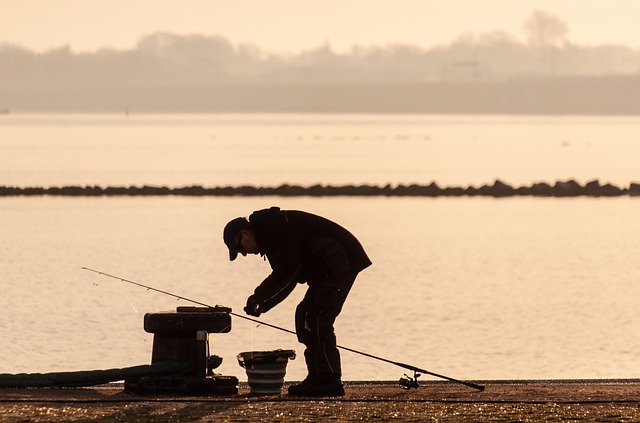
Community involvement is a cornerstone of successful wildlife and fishing conservation efforts, especially in protecting prime fishing locations. When local communities are actively engaged and educated about the importance of conservation, they become powerful allies in preserving ecosystems for future generations. This can manifest in various ways, such as community-led cleaning initiatives, monitoring programs where citizens help track species populations, or collaborative decision-making processes that involve local fishers in management strategies.
Adopting sustainable practices is equally vital for long-term success. This includes implementing regulations that limit overfishing, promoting responsible fishing methods, and encouraging the use of eco-friendly gear. By fostering a culture of sustainability within these communities, we can ensure that prime fishing locations remain vibrant and thriving ecosystems, providing both environmental benefits and economic opportunities for years to come.
